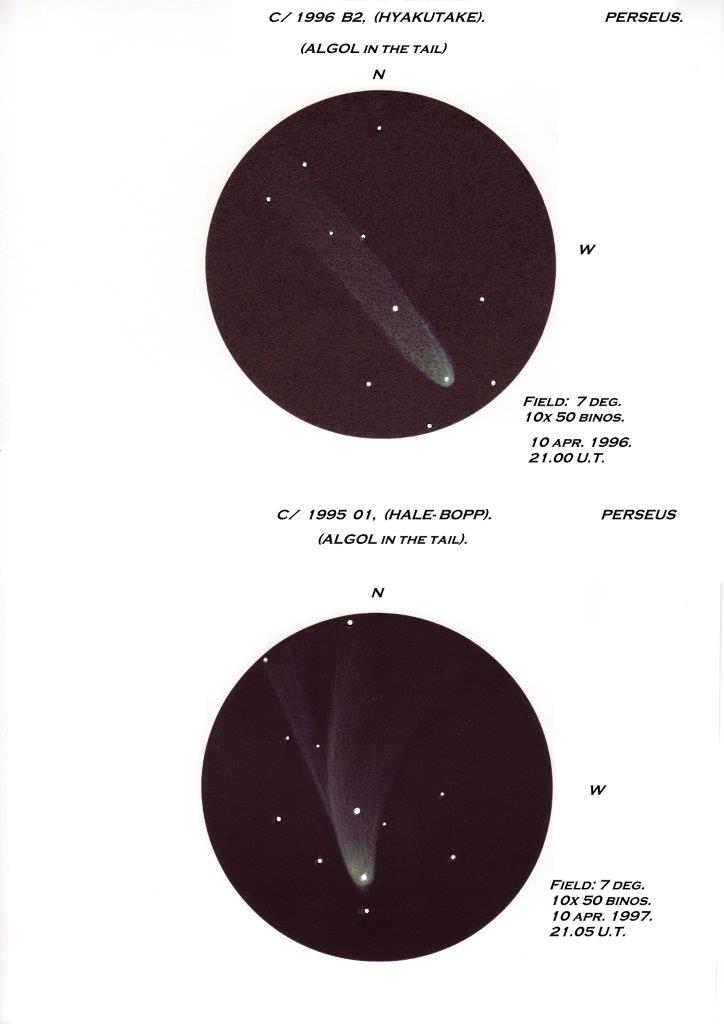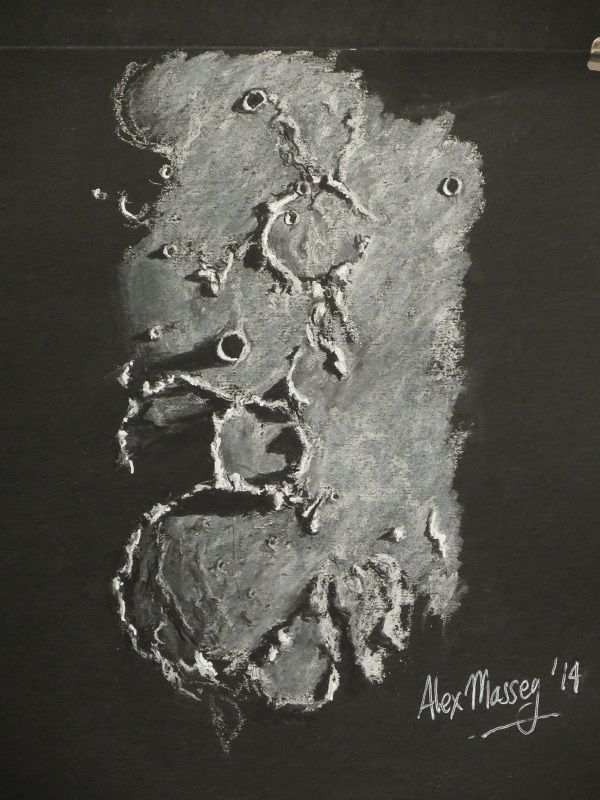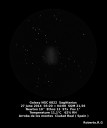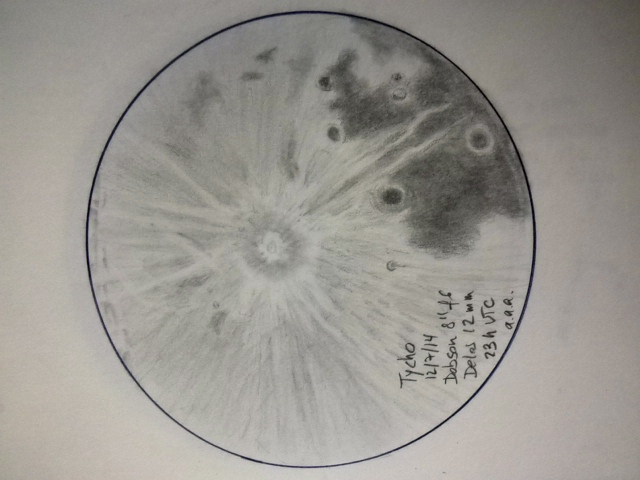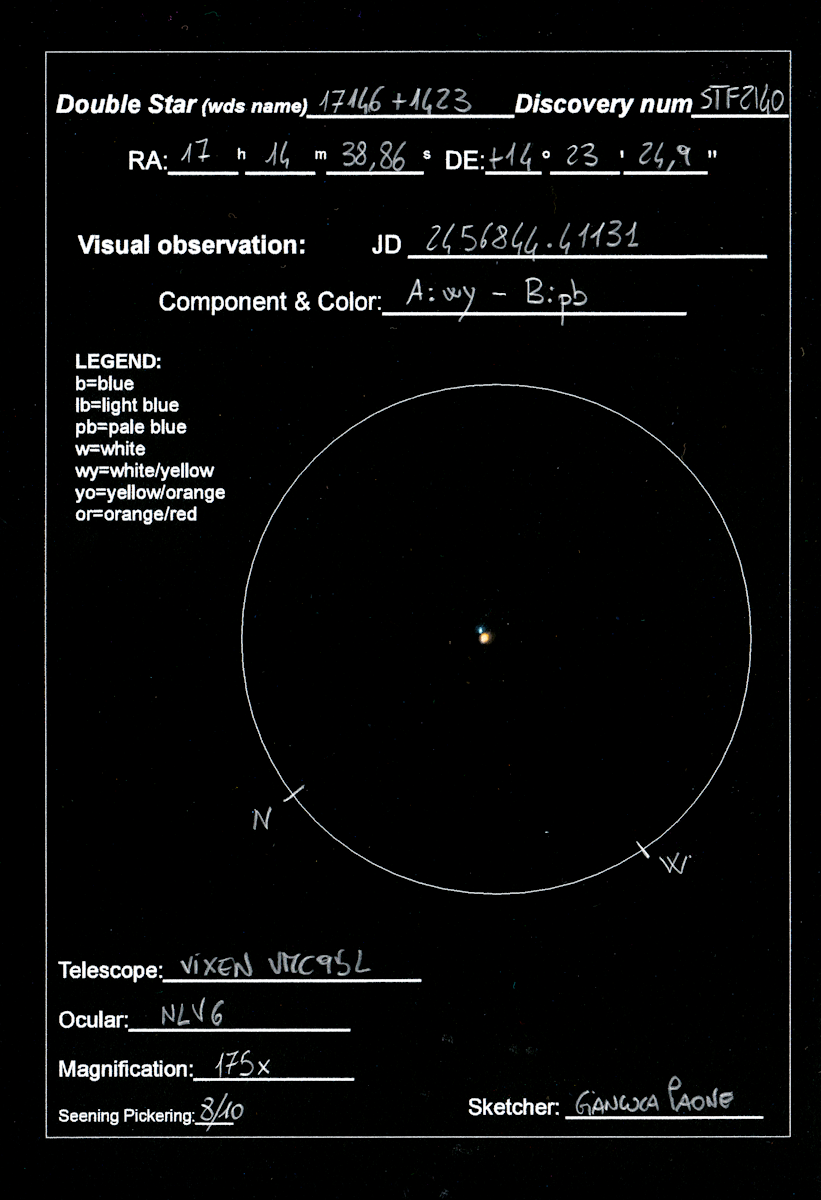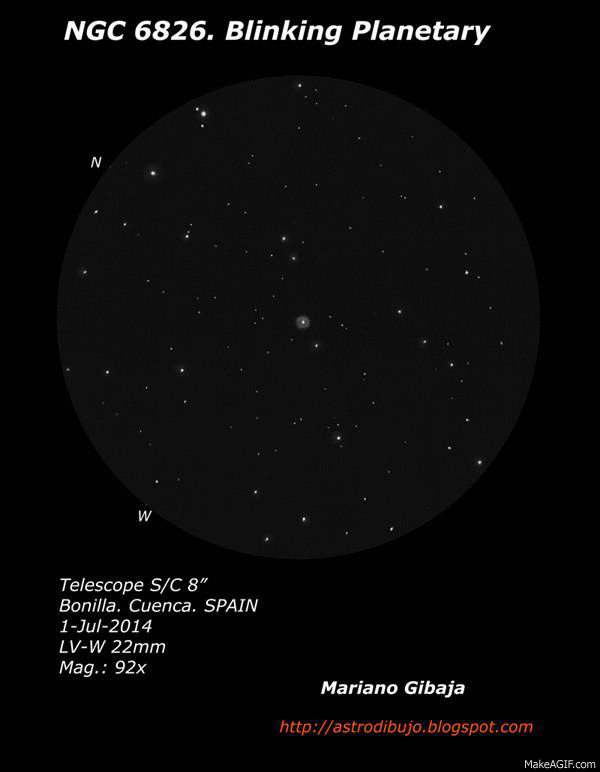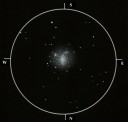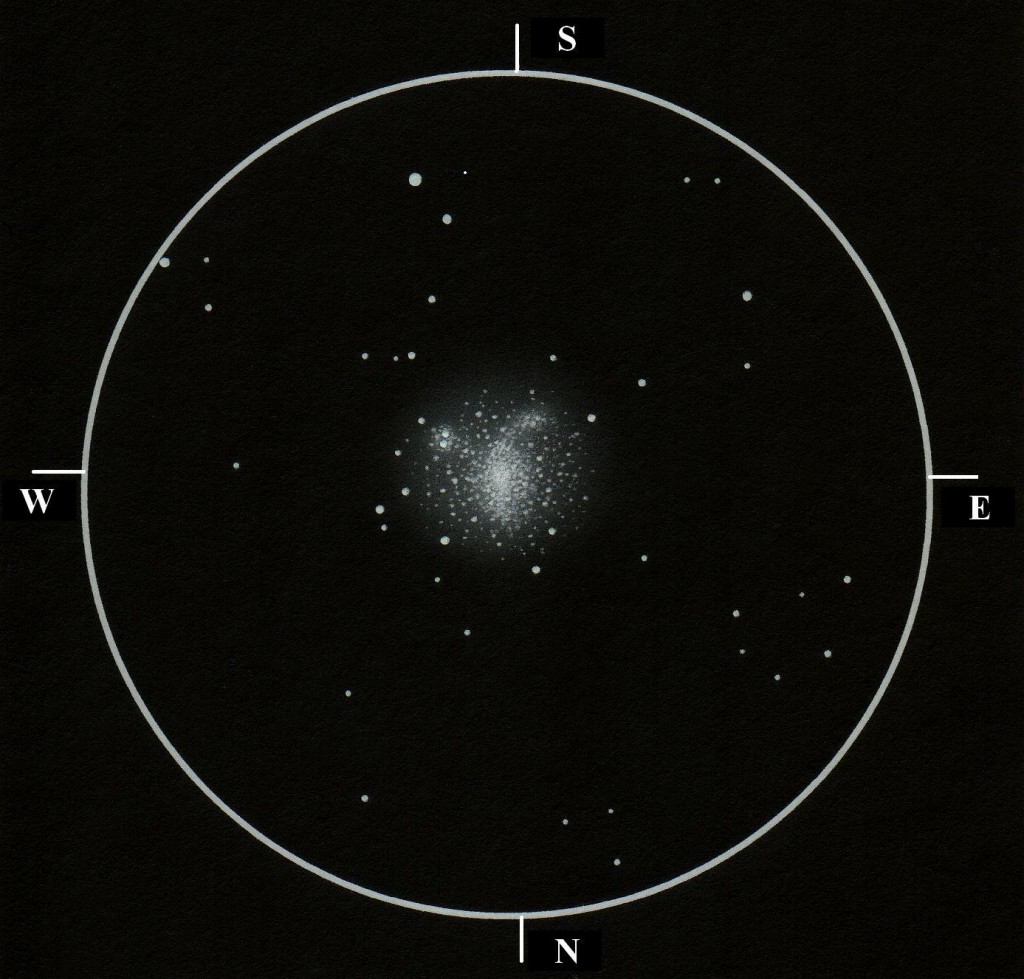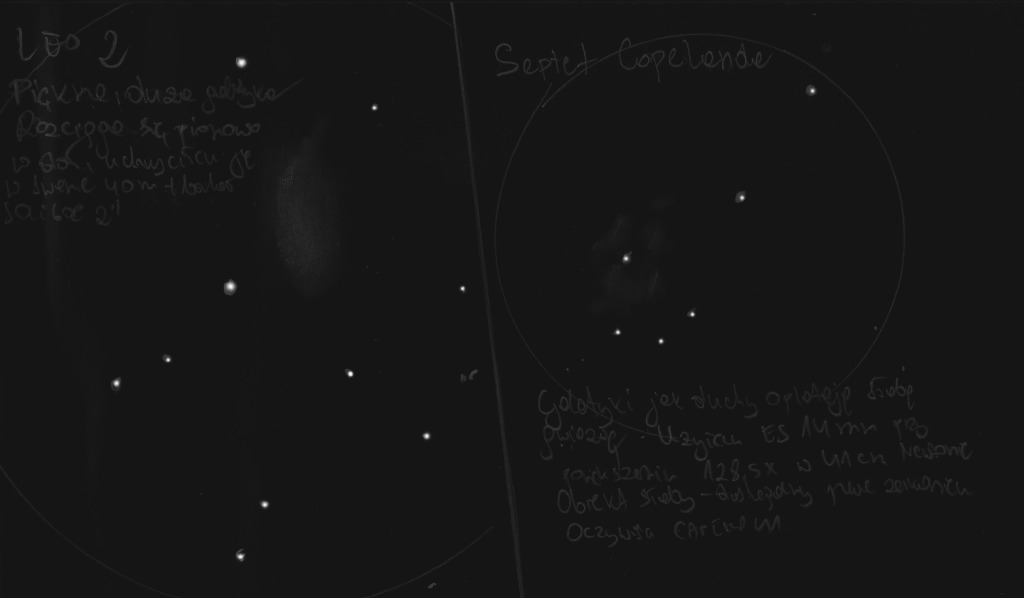
Object Name: Leo II and Copeland’s Septet
Object Type (Galaxies)
Location (Nienawiszcz, Poland)
Date (05-may-2014)
Equipment: Newtonian telescope 409/1800 (Capella 41), WO SWAN 40mm, ES 14mm eyepiece , Soligor Barlow 2X
Object: – Artist: Robert Twarogal (Ignisdei)
Night from Saturday to Sunday (3-4 May 2014) was beautiful. The observation started at 22.00. Near the Star „Gamma Leo” I found a spectacular Leo II (dwarf spheroidal galaxy UGC 6253 ( distance from Earth of 750 thousand light-years.) Galaxy Leo II was discovered in 1950 by Robert Harrington and Albert Wilson under the Palomar Observatory Sky Survey. Leo II belong to the our Local Group, and is a satellite of the Milky Way. Beautiful large, galaxy, „rather” visible in 41cm mirror + Swan 40mm and Soligor Barlow 2X
Then with some dose of skepticism I began to search a Copeland’s Septet (Hickson 57)
This is a close gropup of seven galaxies that lies about 480 million light-years away in Leo, discovered by Ralph Copeland in 1874. An apparent magnitudes of them: between 13.6 and 15.2, it was hard to divide, They are very faint even in Newtonian 16” + ES 14 mm in power 128X.
Yours Robert


